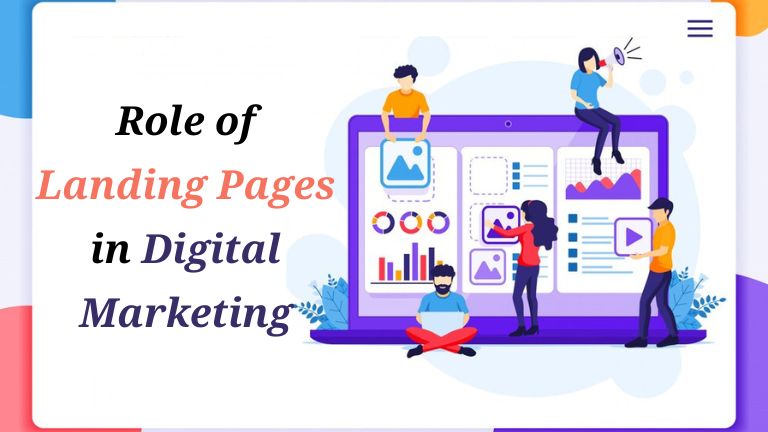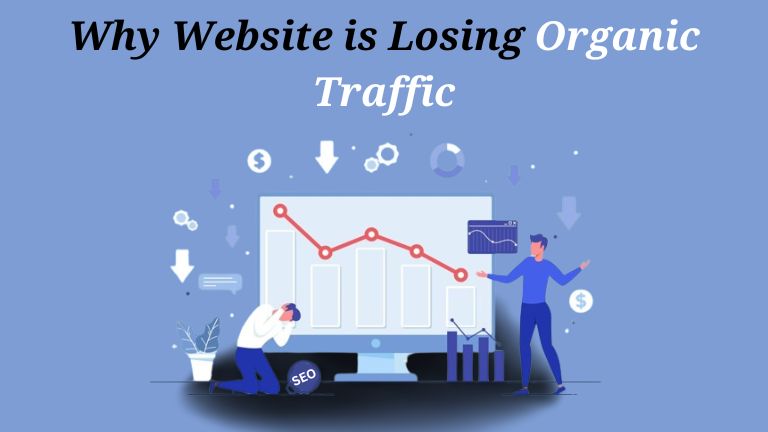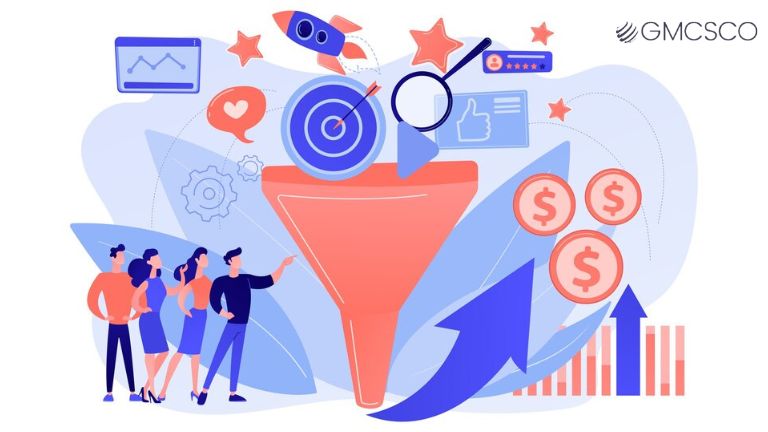What is the Importance of Content in SEO
Content has always played a central role in Search Engine Optimization (SEO) and continues to do so amidst the rapidly changing digital landscape. Content is the king, as most people have come to appreciate. The bedrock upon which SEO strategies are built, it sustains visibility, engagement, and conversions. However, how much does content really affect SEO? This blog has complete details about the importance of content in SEO and how content fits in with an effective SEO strategy. Importance of Content in SEO Content as a Ranking Factor Top search engines such as Google are committed to providing the most beneficial, quality, and relevant content that will fulfill users’ queries. It is the high-quality, informative content that eventually influences search engine rankings. Hummingbird, RankBrain, and BERT are some of Google’s billions-intending algorithms to understand (even better) user intent! For example, your content must be high-quality as well as relevant and comprehensive (longform) to rank higher. End-to-End User Experience/Engagement Content is a big part of the user experience, which plays one role in SEO. Quality content that is both engaging and informative can help to keep users on your website for longer, which in turn will lower bounce rates and increase dwell time. All the points mentioned above show that as long as user engagement metrics are looking good, these create a signal to search engines that your content is valuable and benefits in one way or another. Keyword Optimization Keywords connect what users are searching for to the workable material you create. It helps you ensure that your content matches up with user questions, often done via effective keyword research and optimization. But obviously, the days of keyword stuffing are over. SEO practices in this era are language and context-centric, so the answer to do everything good is by integrating keywords naturally with high-quality content. Also Read About SEO Keywords Types The Rise of AI and the Content Conundrum This leads us to both our opportunities and challenges as we move toward AI-powered content creator tools. These tools streamline content ideas and production of the texts, hence saving marketers a lot of time. Nonetheless, given the possibility that we could have an AI explosion of content overrunning everything on the web – others are certainly painting a picture in which search engines downplay content as a defining ranking factor for websites. The crux of this lesson is: Do not make AI your only way to approach the innovation landscape. Even though AI can aid in suggesting ideas and drafting vanilla content, human touch is necessary to create useful & unique valuable pieces of writing that give you the desired response from users. Types of Content That Boost SEO Blog Posts Blog Posts Updated blogs are a great way to get traffic and improve SEO. They feature regularly updating content which search engines really like and are great for targeting a variety of keywords. Smart, informative blog posts will help you position your brand as an industry expert in the eyes of users and increase incoming connections (backlinks) from other web pages implicated on universe with powerful features that can propel discovery. Long-Form Content Long-Form Content Search engines like long-form content (over 1,000 words is best!). It gives enough information so the user has to look no further, answers multiple potential different questions a user may have, and guarantees interaction. Long-form content like guides, tutorials, and in-depth articles can dramatically improve your SEO efforts. Visual Content Visual Content Because images, videos, infographics, and other visual content help improve user experience as it gets the engagement that you need, visual content can make texts easier to digest as well. In addition, the image and video search results are opportunities that you can be missing out on, especially when your images or videos rank. User-Generated Content User-Generated Content Site Reviews, Testimonials, and Comments – This kind of user-generated content assists in validating your website. This also hypothetically ensures constant fresh content coming out without as much input on your end. By getting your users to interact and share feedback, your SEO can subsequently improve due to them being engaged in it, leaving comments around, or adding tons of new keyword-rich content. Also Read About How to Measure SEO ROI Best Practices for Creating SEO-Optimized Content The following tips would help you in creating SEO content: Understand User Intent Ensuring that content aligns with user intent remains as critical for SEO success. Some user intent can be informational, but sometimes it is navigational and other times it’s more with transactional or commercial. Knowing what people want out of your content can grow it into a disciplined, reader-answered essay that would sit up in the pinnacle specific search consequences. Perform In-Depth Keyword Analysis Everything starts and ends with good keyword research in SEO content creation. Find keywords and phrases that matter with Google Keyword Planner, Ahrefs, or SEMrush. Concentrate on long-tail keywords, which have less competition and are tied more closely to user intent. Quality And Valuable Content You need to remember that it’s about quality over quantity. You want to create actual helpful content. That could include information that has been thoroughly studied, fact-checked, and verified in its totality. According to Google, their algorithms favor high-quality content due to all of the reasons in this text and more, which results in better chances that your product will be shared or linked boosting thereby SEO. Optimize On-Page Elements The presence of on-page SEO components such as meta titles, meta descriptions, headers, and alt text for images are important factors in terms of content optimization. Make sure these modules are SEO rich and correlate to the purpose of your page. Using headers in a correct way (H1, H2, and up to) makes your content more readable by users and it helps search engines understand the structure of your otherwise long text. Keep the Publishing Schedule in Line Content marketing requires consistency. On top of that, search engines like when you consistently update your site with






